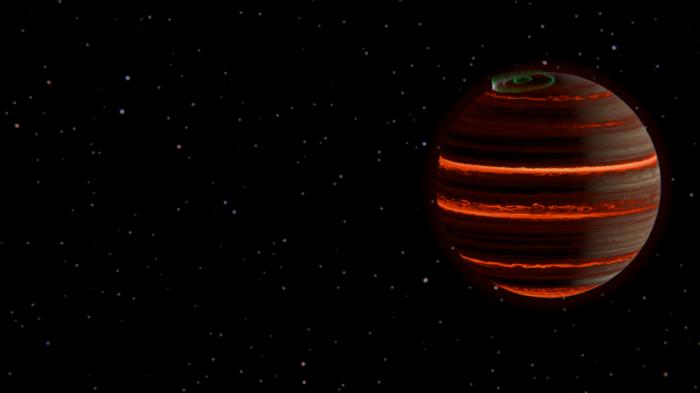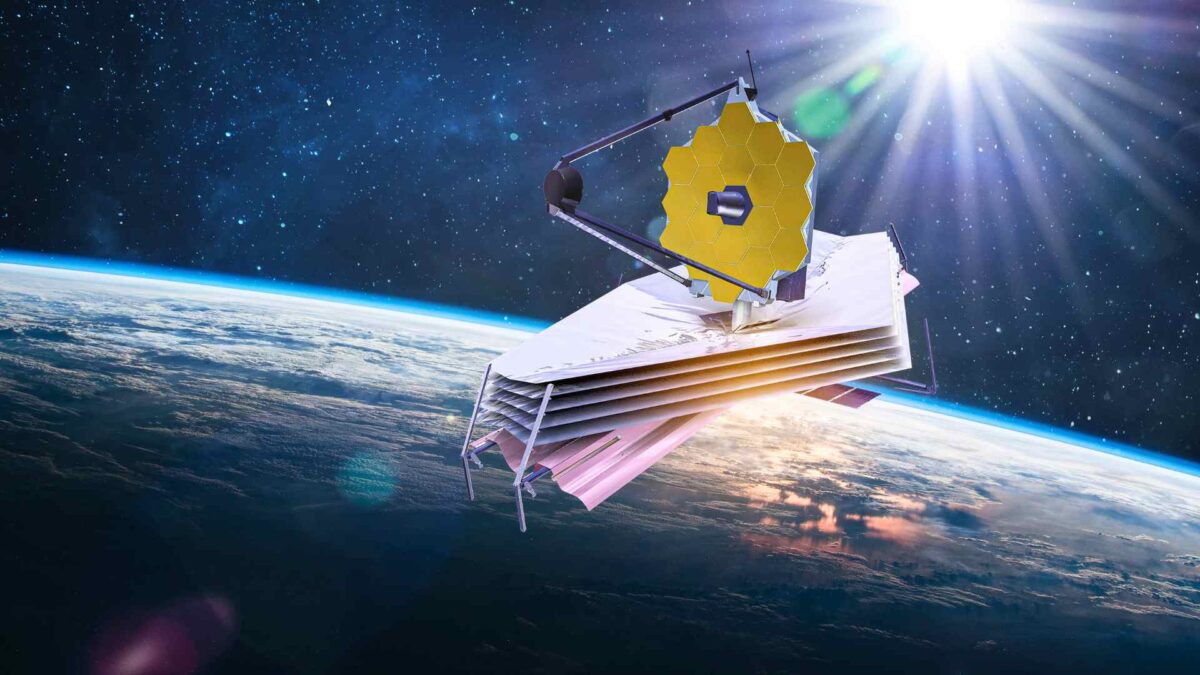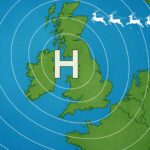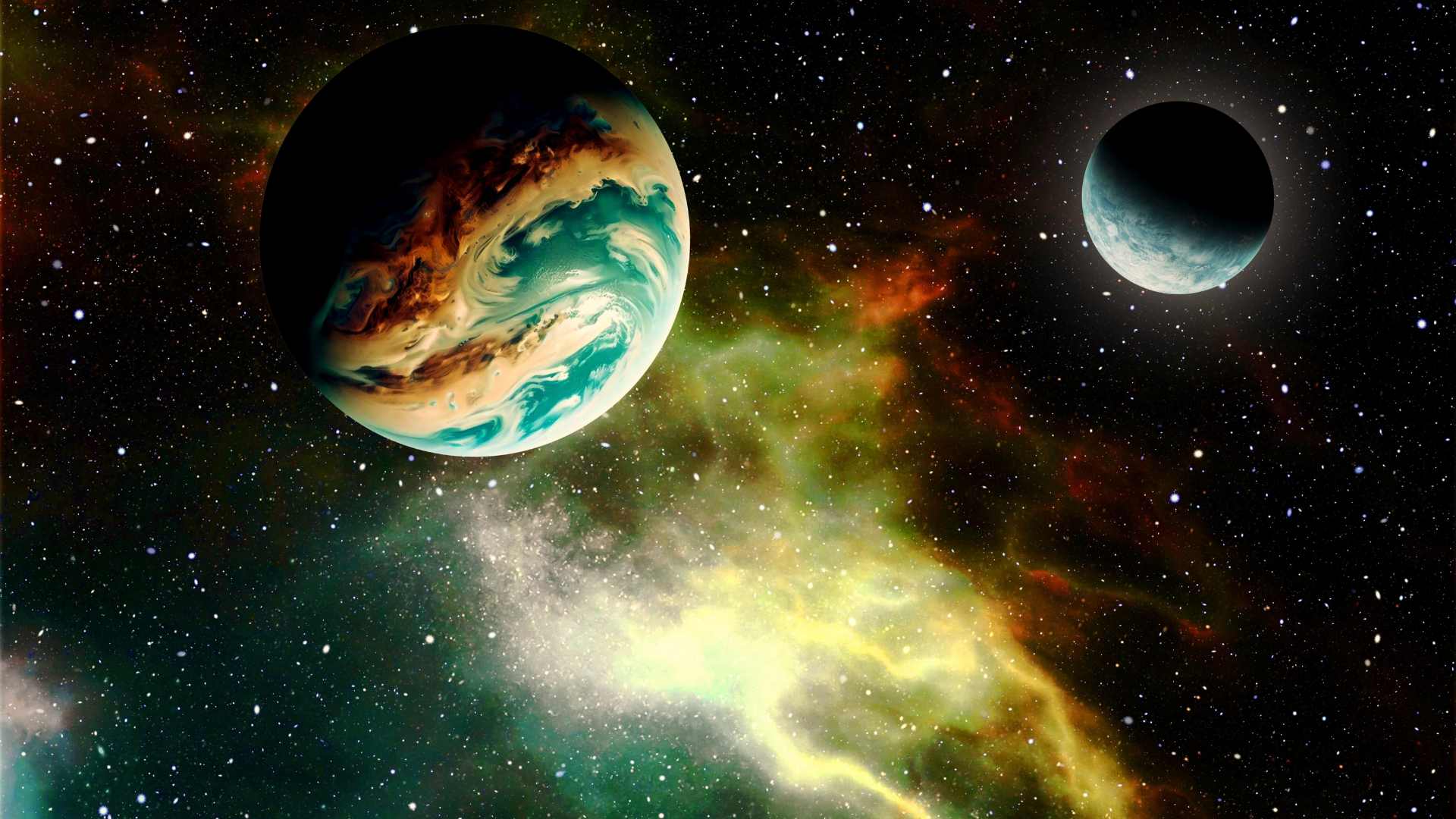
Trinity Astronomers Reveal Fiery Weather on Rogue Planet

Astronomers from Trinity College Dublin have captured the most detailed observations yet of the weather on a nearby rogue planet, revealing aurora-like activity that rivals the Northern Lights.
The team used the NASA/ESA/CSA James Webb Space Telescope to study SIMP-0136, a free-floating planet with surface temperatures exceeding 1,500 °C.
By tracking subtle changes in brightness as the planet rotated, researchers were able to measure shifts in temperature, cloud cover, and atmospheric chemistry. The observations revealed strong auroral activity heating the upper atmosphere, similar to the spectacular auroras on Earth and Jupiter.
“These are some of the most precise measurements of any extra-solar atmosphere to date,” said Dr Evert Nasedkin, a postdoctoral fellow at Trinity and lead author of the study published in Astronomy & Astrophysics. “We could track temperature changes smaller than five degrees Celsius and link them to chemical variations, suggesting storm-like features similar to Jupiter’s Great Red Spot.”
One surprising discovery was the consistency of the clouds, which are made of silicate grains rather than water vapour. Unlike Earth, the cloud cover remains uniform across the planet’s surface despite the extreme heat.

The study marks the first publication from Trinity’s new Exo-Aimsir group, led by Prof. Johanna Vos, and includes contributions from PhD candidates Merle Schrader, Madeline Lam, and Cian O’Toole. Their work builds on earlier data from Boston University but provides unprecedented detail about the planet’s atmosphere.
Dr Nasedkin explained that changes in the planet’s colour at different wavelengths allowed the team to infer atmospheric temperature, chemistry, and cloud positions. Prof. Vos said the research shows how advanced modelling techniques combined with JWST data can reveal weather processes on worlds beyond our solar system.
She added that while such observations are currently limited to isolated brown dwarfs, future telescopes like the Extremely Large Telescope and the Habitable Worlds Observatory will allow scientists to study atmospheric dynamics across a wide range of exoplanets, from gas giants to rocky worlds.
Share this WeathÉire story:







